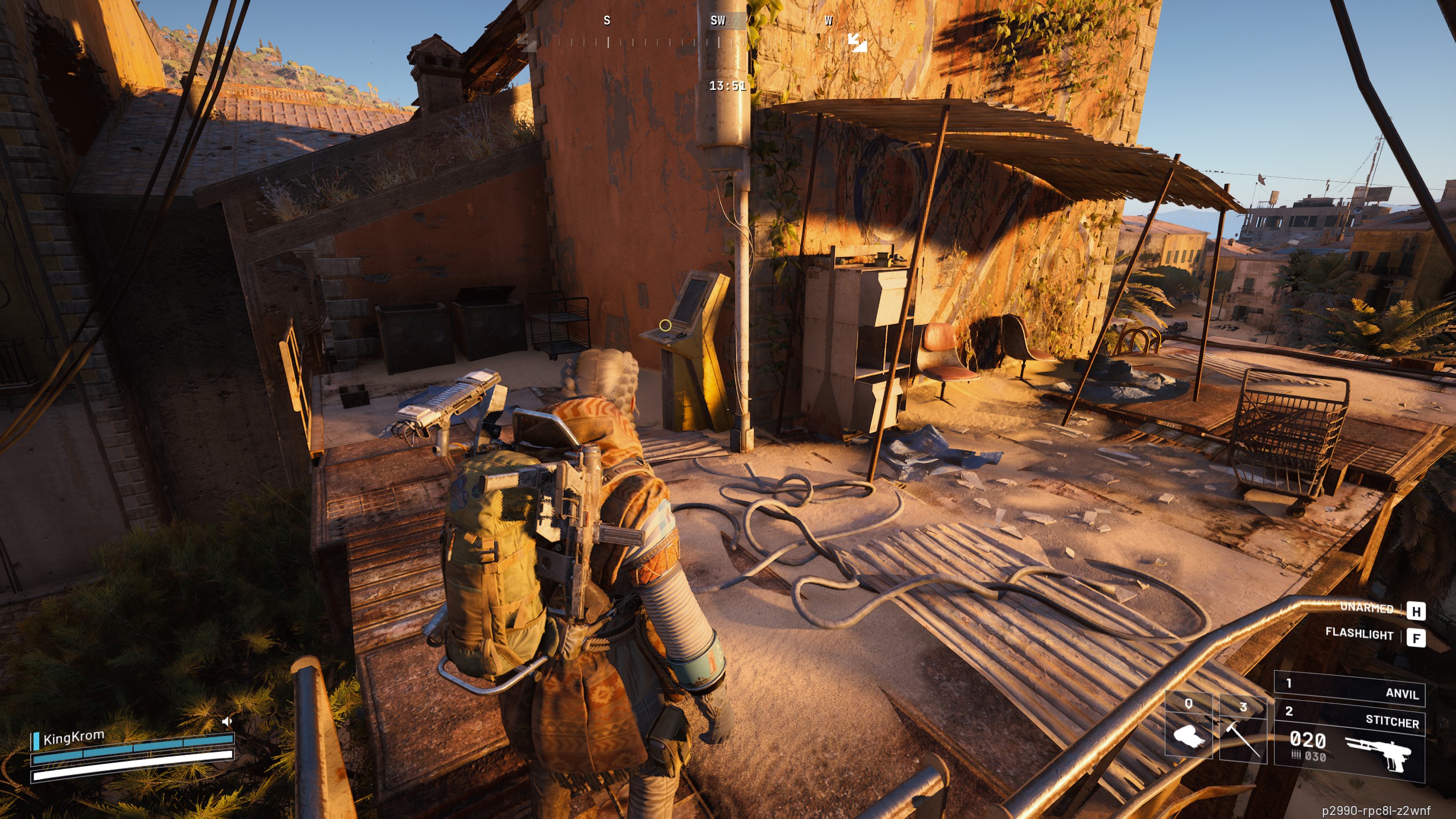Guide a steam locomotive through the Russian Civil War in brutal survival strategy Last Train Home

Video games have let us drive trains, build trains, rob trains, and occasionally blow-up trains. Now, Last Train Home lets you manage one as well. Set in the aftermath of World War One, this survival strategy game puts you in charge of a legion of Czechoslovak soldiers attempting to escape Russia in the grip of civil war. Unable to travel West, your only hope is to make it from Moscow to Vladivostok, Russia’s easternmost city.
To say you’ll be taking the long way home is an understatement, but at least you won’t have to walk the 9,000 kilometres to the Sea of Japan. That’s because your Czech legionaries have commandeered a steam locomotive, which you’ll use to cross Russia along the trans-Siberian railway. This locomotive forms the core of Last Train Home’s distinctive management layer, and to stand any chance of making it out of Russia alive, you’ll need to look after both your train, and the soldiers living inside it.
Last Train Home’s campaign is divided into multiple chapters, each of which sees you guiding your train across a large expanse of Russia’s landscape. Moving your train along the track is simple enough. Keeping it moving, however, is much more difficult. To operate the train, your soldiers must play a whole bunch of different roles. You’ll need stokers to shovel coal into the furnace, workers to maintain the engine and its carriages, cooks and doctors to see to your soldiers’ basic needs, and of course, a driver to get you the hell out of Russia. But your soldiers can’t do these jobs all the time. They need to eat and sleep, so you’ll also have to assign day and night shifts to keep the train running 24/7.

Yet your train can’t run on organisation alone. Fuel is a vital resource, both for your engine and your soldiers. So you’ll often need to dispatch squads of soldiers from the train to scavenge resources like coal and food. Doing this takes time and energy, so it’s crucial to send the right people for each job. Skilled hunters will bring back more food from a forest, while a burglar is more likely to find useful items in an abandoned village. Adjusting your squads to suit every new scenario can be a little fiddly, but it’s worth doing when your squad brings back a trawler’s worth of fish from a nearby lake.
Your legionaries are defined by more than just these specialised skills, too. Each soldier on your train has a broad range of traits that influence their personality and how they react in specific situations. Avaricious soldiers may help you get better bargains with traders, but they might also help themselves to a chunk of the reward. And if you stumble upon a narrative event where a choice needs to be made, a reckless soldier might make that decision for you.
As you push deeper into Russia, the challenges you face will grow. The threat of attack from revolutionary Bolsheviks is ever present, and you can only stop the train for so long before you risk being ambushed. Knowing when to stop and when to keep going, where to drop off squads and where to pick them up, are all crucial to keeping your soldiers safe.

Sound judgement will keep you chugging along for a while, but preparation for what lies ahead is vital too. Injuries, depleting morale, engine malfunctions, and the biting cold of Siberia can all bring your journey to a screeching halt. Upgrading your train can help stave off these problems. Installing heating systems in your infantry cars will keep your soldiers warm, adding kitchen and medical carriages will keep them healthy, and building new bunks will let you pick up new legionaries as you make your way east.
Last Train Home’s locomotive logistics puts a uniquely challenging spin on management gaming. But guiding your train through Russia is only half the battle. The other half is, well, battles. Next time, we’ll explore the combat side of Last Train Home, and how your ability to manage your train affects your soldiers’ prowess on the battlefield.




